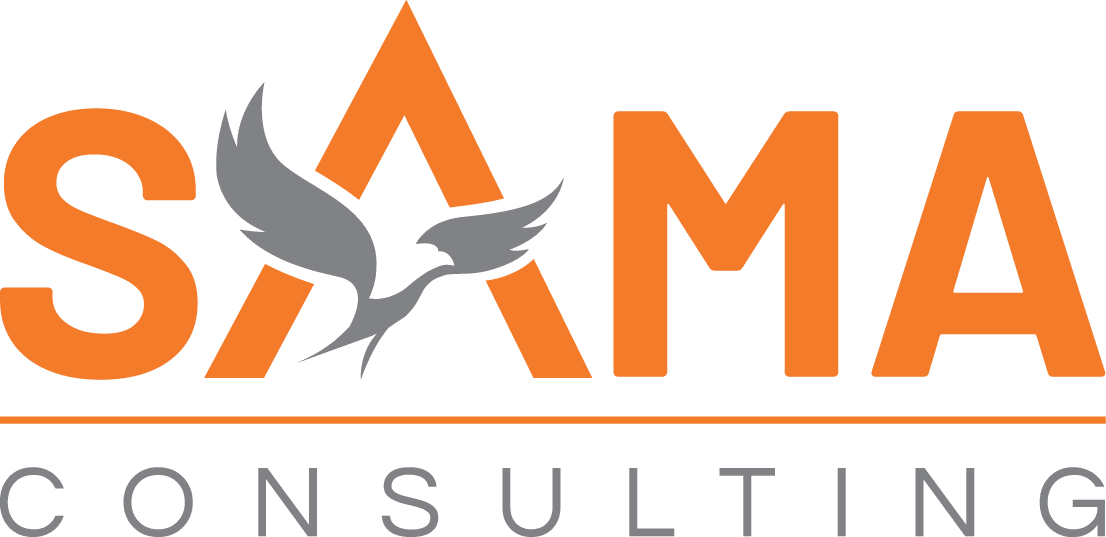
Mastering Data Migrations in Infor CloudSuite: Strategies, Tools, and Pitfalls
Data is the lifeblood of every enterprise, and when transitioning to a new ERP platform like Infor CloudSuite, migrating that data efficiently and accurately becomes critical. While Infor CloudSuite offers powerful functionality and a modern user experience, none of that matters if your data isn’t migrated correctly. In this comprehensive guide, we explore everything from architectural understanding to real-world execution, so you can master data migration with confidence.
Understanding Infor CloudSuite Data Architecture
Infor CloudSuite is a next-generation ERP suite designed for the cloud, built on the Infor OS (Operating Service) platform. To effectively migrate data, you must understand how CloudSuite stores, processes, and integrates information.
1. Infor OS & Data Lake
Infor OS acts as the connective tissue across all CloudSuite applications. One of its key components is the Infor Data Lake, a centralized repository that collects structured and unstructured data. Think of it as a scalable staging ground where data is ingested, cataloged, and made available for analytics and AI.
2. Infor ION Middleware
Infor ION (Intelligent Open Network) is the middleware layer that facilitates seamless integration between CloudSuite modules and third-party systems. It uses standard protocols (like XML, JSON, REST, and OData) to move data securely and reliably.
3. Mongoose Framework
This is Infor’s low-code development platform, allowing developers to extend core functionality. Mongoose includes its own data schema, meaning custom tables and fields can impact how data is migrated and managed.
Key Takeaways:
- Data flows through various services and tools.
- Understanding how each component interacts with your data is essential for migration planning.
Ready to achieve precision planning with Infor OS?
Sama delivers expert Infor OS implementations, enhancing your strategic alignment and planning capabilities for improved efficiency and business success.

Why Data Migration Matters in ERP Projects
Many ERP failures are tied not to software functionality but to data issues. Inaccurate, incomplete, or duplicated data can severely impact the usability of the new system and derail entire projects.
Strategic Importance:
- Business Continuity: Your operations must continue without interruption.
- User Confidence: Clean data boosts trust in the system.
- Regulatory Compliance: Accurate historical data supports audits and reporting obligations.
Migration Challenges:
- Legacy data often exists in multiple formats (e.g., mainframe systems, Excel, paper records).
- Business rules may have changed over time, requiring data transformation.
- Not all historical data is needed, but knowing what to migrate is critical.
Organizations must treat data migration as a strategic initiative, not a backend IT task.
Pre-Migration Strategy and Planning
Proper planning is the bedrock of successful data migration. This phase defines the scope, timelines, risk management approaches, and data governance protocols.
1. Conduct a Data Inventory
Identify all systems holding relevant data, including:
- Legacy ERP
- CRMs
- Payroll
- Spreadsheets and Access databases
Classify data into types:
- Master Data (Customers, Vendors, Products)
- Transactional Data (Invoices, Orders)
- Configuration Data (User roles, settings)
2. Establish Data Ownership
Appoint data stewards from the business side to validate relevance and accuracy. Involve them early in mapping and cleansing.
3. Define a Migration Roadmap
Create a phased migration strategy that includes:
- Timelines and milestones
- Test runs and mock cutovers
- Stakeholder responsibilities
4. Set Data Quality Goals
Determine KPIs to measure success (e.g., 98% clean master data, 100% transactional integrity).
Infor CloudSuite Data Migration Tools and Technologies
Infor provides an ecosystem of native tools to help facilitate migration. These tools work best when aligned with business rules and enhanced with third-party solutions.
Native Tools:
Infor Data Migration Workbench
A comprehensive tool that enables ETL (Extract, Transform, Load) workflows. Best suited for bulk data loads.
Infor ION
Supports event-driven data processing. It is ideal for real-time synchronization between systems.
Mongoose Data Loader
Built for configuration data and smaller datasets. It supports import templates and validation scripts.
Third-Party Tools:
Boomi (iPaaS)
An excellent platform for real-time API-driven integrations. It includes robust logging and monitoring tools.
Microsoft SSIS
A tried-and-true ETL solution for SQL Server-based environments.
TIBCO Cloud Integration
Provides complex orchestration and automation capabilities.
Choose tools based on:
- Data volume
- Complexity of transformation
- Real-time vs batch needs
- Available skill sets in your organization
Ready to achieve precision planning with Infor OS?
Sama delivers expert Infor OS implementations, enhancing your strategic alignment and planning capabilities for improved efficiency and business success.

Phased Approach to CloudSuite Data Migration
The most successful data migrations follow a staged, iterative model. This allows time for testing, feedback, and issue resolution before go-live.
Phase 1: Extract & Cleanse
Extract data from legacy systems. Clean it using:
- Deduplication scripts
- Format validators
- Manual reviews by data stewards
Phase 2: Map & Transform
Use mapping documents to align legacy fields with CloudSuite equivalents. Include logic for:
- Field transformations (e.g., splitting full names)
- Code translations (e.g., country codes, GL accounts)
- Default values for missing data
Phase 3: Load Test Data
Import a representative data sample into a sandbox or dev environment. Evaluate:
- Import errors
- Business process compatibility
- User interface behavior
Phase 4: Full Load & Cutover
Schedule the migration during a downtime window. Use automated scripts to:
- Load master data first
- Then transactional data
- Validate each stage with checksum comparisons
Phase 5: Post-Load Verification
Run audits and encourage UAT:
- Validate record counts
- Reconcile opening balances
- Run reports to verify data usability
Data Validation and Cleansing Best Practices
You can’t build a castle on a foundation of sand. Data cleansing ensures you only move what’s necessary and that it meets quality standards.
Cleaning Techniques:
- Standardization: Normalize phone numbers, dates, currency formats.
- Normalization: Break compound fields into atomic values.
- De-duplication: Remove duplicate customer or supplier entries.
- Enrichment: Add missing values from reliable sources.
Validation Approaches:
- Reconciliation Scripts: Compare totals between old and new systems.
- Data Quality Reports: Highlight issues by category and severity.
- User Sign-Offs: Functional teams must sign off before go-live.
Ready to achieve precision planning with Infor OS?
Sama delivers expert Infor OS implementations, enhancing your strategic alignment and planning capabilities for improved efficiency and business success.

Common Pitfalls in Data Migrations
Every project has potential pitfalls. Knowing what to watch out for can prevent headaches down the line.
1. Inadequate Planning
Jumping into execution without a detailed plan leads to inconsistent outcomes.
2. Underestimating Data Complexity
Legacy data often lacks documentation or includes custom fields and calculations.
3. Incomplete Testing
Skipping test runs or only validating a small portion of records opens the door to surprises at go-live.
4. Lack of Business Involvement
When IT drives the migration in isolation, critical business rules may be ignored.
5. Ignoring Security & Compliance
Failing to encrypt or audit sensitive data can lead to compliance violations.
Post-Migration Activities and Optimization
Your work isn’t done after go-live. Optimization ensures long-term success.
1. Run Data Audits
Validate balances, open orders, and other key reports. Investigate anomalies.
2. Monitor System Performance
Track how imported data affects system speed. Reindex tables and optimize queries as needed.
3. Conduct User Training
Make sure users understand:
- New data structures
- Reporting tools
- Exception handling processes
4. Establish a Data Governance Program
Create policies for data ownership, quality monitoring, and change control.
Working with Infor Partners for Migration Success
Partnering with an experienced Infor CloudSuite consultant can greatly increase your chances of success.
Key Benefits:
- Accelerators: Prebuilt templates, mappings, and test scripts.
- Expertise: Deep knowledge of Infor data models and integration patterns.
- Change Management: Support for user onboarding and training.
- Risk Mitigation: Proven strategies to avoid common pitfalls.
SAMA Consulting, helps clients navigate the complexities of data migration with precision and care.
Conclusion: Building Long-Term Success with Clean Data
Data migration is more than just a technical task—it’s the cornerstone of your digital transformation. When executed correctly, it leads to greater accuracy, better business decisions, and improved system performance.
By understanding Infor CloudSuite’s architecture, leveraging the right tools, planning carefully, and validating thoroughly, your organization can avoid the common pitfalls and launch with confidence.
Clean data isn’t just a one-time project. It’s a long-term commitment to excellence, and it starts with mastering your migration.
Ready to achieve precision planning with Infor OS?
Sama delivers expert Infor OS implementations, enhancing your strategic alignment and planning capabilities for improved efficiency and business success.

